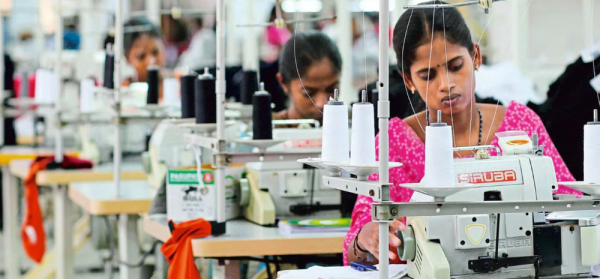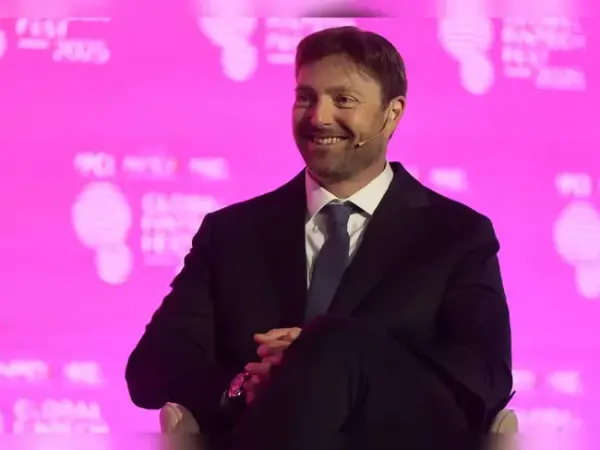
India must lower tariffs and remove non-tariff barriers to strengthen its manufacturing competitiveness and integrate better into global value chains, according to Niti Aayog Ceo BVR Subrahmanyam. Speaking at the launch of Trade Watch Quarterly (Q4FY25), he stressed that the upcoming National Manufacturing Policy (NMP) would focus on building clusters and creating a world-class ecosystem for trade and exports.
Tariff Reforms and Manufacturing Gaps
Subrahmanyam highlighted that India lacks several key manufacturing intermediatesmaking it harder for domestic industries to scale efficiently. Reducing trade barriers and simplifying import processes, he argued, would help Indian manufacturers access essential components at lower costs, thereby boosting competitiveness. The NMP, expected soon, will aim to address these gaps and align with India’s broader Viksit Bharat (Developed India) vision.
He also hinted at major reform announcements before Diwalifollowing the implementation of GST 2.0. These reforms are part of a larger push led by a committee headed by Rajiv gaubafocused on advancing next-generation trade and economic policies.
US Trade Deal on the Horizon
Subrahmanyam expressed optimism about concluding a trade agreement with the United States before November — a deadline that is critical to avoid potential tariff impacts on Indian exports. The two sides are negotiating the removal of the 25% additional duties imposed on India for purchasing Russian oil and reducing reciprocal tariffs currently at 25%.
“While US tariffs have not yet disrupted trade, the situation could worsen by summer if the deal isn’t finalized,” he cautioned. The US remains India’s largest trading partnerwith bilateral trade reaching $131.84 billion in 2024-25.
Trade Trends and Strategic Shifts
India’s trade performance remained steady in Q4FY25, with total trade rising 2.2% year-on-year to $441 billion. While merchandise exports dipped slightly due to weaker mineral fuel and chemical shipments, sectors like pharmaceuticals, cereals, and electrical machinery saw strong growth.
North America emerged as the fastest-growing export destination, up 25%, while imports from China and the UAE surged due to demand for electronics and gold. The report also underlined the need to diversify exports, boost MSMEs, invest in R&Dand embrace sustainable and design-driven value chains to capture a larger share of the $296 billion global apparel and leather market.
-
India's IT sector set for another weak quarter as demand stays soft

-
Fintech startup Niro shuts business after failing to raise capital amid regulatory crackdown

-
ChatGPT now hosts Spotify, Canva, Coursera in-chat

-
Nagarro plans to add 1,000 professionals in India in next 12-18 months

-
Global financial regulations remain complex, says PayPal CEO; calls UPI the first partner on PayPal World platform
